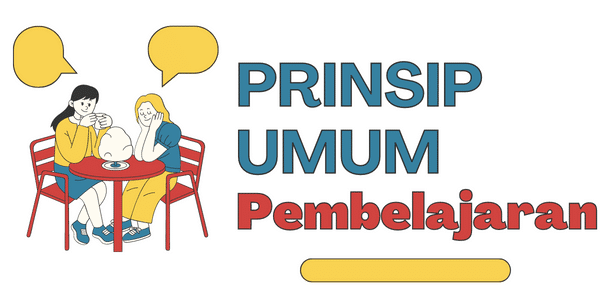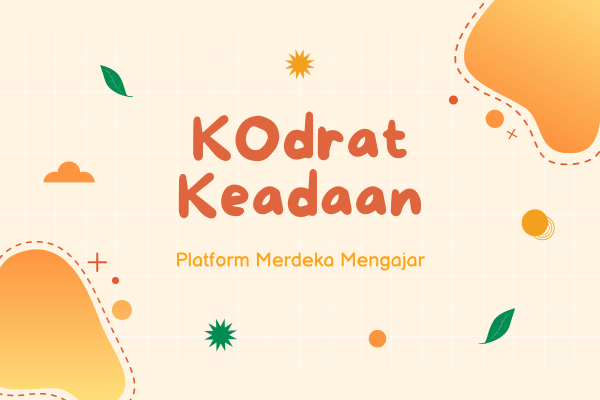General principles in learning
Understanding Principles of Student-Centered Learning
In the previous module, we refreshed our understanding of the curriculum. Now, we will delve into the first topic of the new paradigm of learning, which is the general principles of learning. The goal of this topic is for us to comprehend the concept and principles of student-centered learning.
Learning is the implementation of the curriculum in the classroom as carried out by teachers. Teachers design and implement learning using principles that can facilitate various student needs. There are five principles of learning in the new paradigm that can be applied by educational institutions and teachers to support quality learning processes.
Considering students' learning outcomes
First, it is important to consider students' current learning outcomes. In designing learning, it is necessary to consider each student's learning needs and development. By understanding students' needs and abilities, teachers can use differentiated learning approaches to accommodate these differences. Diagnostic evaluation can be conducted prior to the learning process to understand each student's needs.
Building students' capacity for lifelong learning
Second, it is about building students' capacity for lifelong learning. Students have the potential for continuous growth and development. Therefore, learning that develops a growth mindset is needed. Students need to know what they are learning, manage challenges, and reflect on their learning experiences. In the classroom context, teachers can involve students in planning, implementation, and assessment of learning through dialogue. Teachers also help students discover and cultivate internal motivation and self-confidence to become lifelong learners.
Supporting cognitive and character development of students
The third principle is to support students' cognitive and character development. Striking a balance between cognitive and socio-emotional development is important for students to cultivate virtues. Therefore, planning and implementing learning should consider students' character and competency development. For example, teachers can develop students' thinking skills through literacy reinforcement through texts. Additionally, teachers can foster students' socio-emotional skills by appreciating the learning process, teaching cooperation, and fostering mutual assistance among students.
Adapting to students' life contexts
Fourth, it is about adapting to students' life contexts. Students grow and develop based on the cultural contexts around them. Therefore, planning and implementing learning should align with the cultural and life contexts in which students exist. This is also in line with the function of educational institutions to preserve the living cultural heritage in society. For example, teachers can help students understand their own context and environment, as well as involve them in traditional or cultural activities as part of the learning process.
Leading toward a sustainable future
The fifth and final principle is leading toward a sustainable future. Students are the future generation who will uphold and contribute to the sustainability of life. Issues and challenges such as climate change, environmental damage, and human rights violations can be incorporated as content to encourage students to have competencies to address these issues and challenges. Therefore, it is important for teachers to raise students' awareness of a sustainable future, such as helping them find meaningful and relevant understanding for themselves at present and for their future.
Conclusion
These principles of student-centered learning emerge as a response to the rapid changes in the world and the diversity we have. By applying these five principles, teachers and educational institutions are expected to create a learning environment that supports diverse student needs, talents, interests, and potentials.
After understanding the principles of student-centered learning, the next step we can take is to accompany the students' learning process. Teachers can implement appropriate learning strategies based on these principles. Additionally, teachers can continue to develop themselves by attending training and workshops related to the new paradigm of learning. By doing so, teachers can provide quality education and support optimal development for every student.
Let us continue to improve the quality of learning for a better future. Greetings and stay happy!







